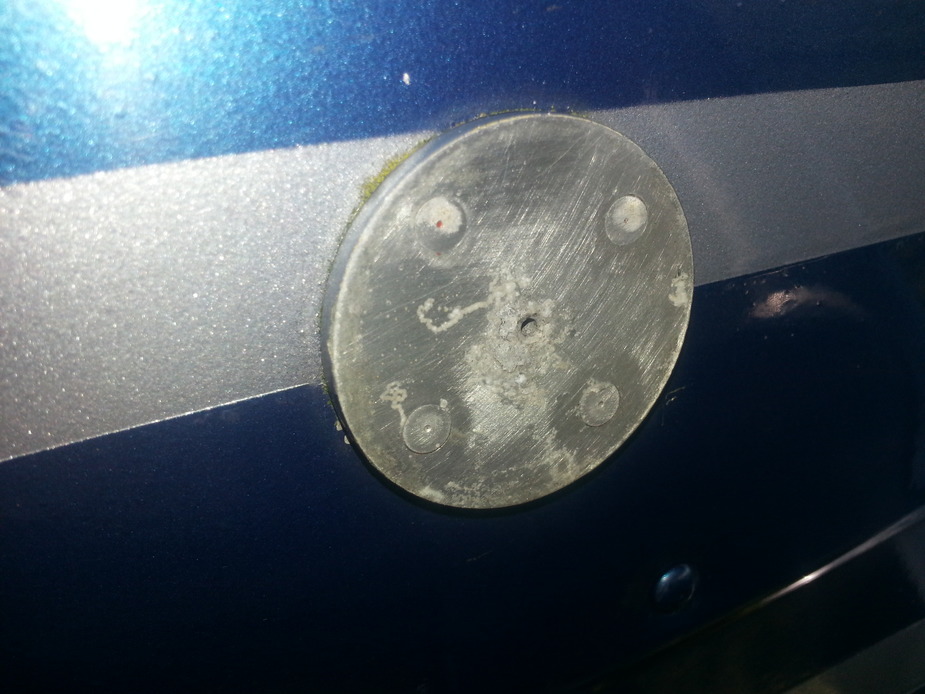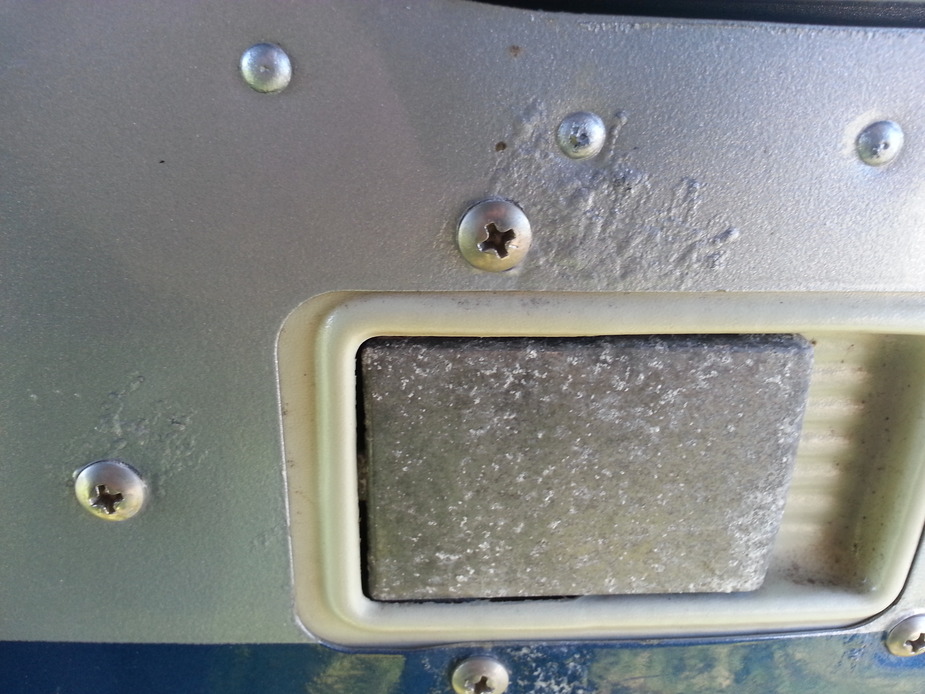An update on the RV-14A – the Vertical Stabiliser is ready for priming, and the rudder parts are getting there: http://www.womenonthewing.com/2016/01/31/rv-14-build-getting-underway-with-the-vertical-stabilizer/
That looks great.
Metalwork is really enjoyable, and very satisfying if it comes out right.
Excuse me if the question is dumb: what’s the point of “priming” aluminium? I always understood that stuff is pretty oxidation-proof by growing its own thin and stable layer of Al-O (or is it Al-O² or Al-O³) ?
Wish it were so.


Excuse me if the question is dumb: what’s the point of “priming” aluminium? I always understood that stuff is pretty oxidation-proof by growing its own thin and stable layer of Al-O (or is it Al-O² or Al-O³) ?
It’s true relative to bare steel but nowhere near good enough.
Pure aluminium is very corrosion proof – for exactly the reason Jan gives. However it’s also very soft, so it isn’t great for building aeroplanes…
Most planes are built from 2024 aluminium alloy, which has merely average corrosion properties. It is (mostly) covered in a thin layer of pure aluminium (alclad), but that is very thin and not at all durable.
Ah, thanks, that makes sense. There’s no end to learning!
Jan_Olieslagers wrote:
Excuse me if the question is dumb: what’s the point of “priming” aluminium? I always understood that stuff is pretty oxidation-proof by growing its own thin and stable layer of Al-O (or is it Al-O² or Al-O³) ?
He he. Take a look at the forum at Vans Air force. There is a separate section for never-ending discussions. Priming is the archetypal example, and it is called “primer wars”. There are as many opinions, methods as there are builders. You would think there would be a simple and general solution, but it really isn’t. There are so many reasons to prime also, and it is easy to go way overboard. Today I only prime the mating surfaces, to prevent crevice corrosion. Others prime the whole internal structure, some nothing, only the outside under the top coat.
Also this will depend on whether you use ACF50. Arguably the interior does not need any painting then, though the stuff cannot be applied in the cockpit volume because of the smell. Based on what I have seen, I would not do any internal paint in the wings, elevator, rudder and VS, if I applied ACF50 annually. It’s amazingly good stuff but you do need the proper spray kit, and it does make a bit of a mess especially after the first few flights (oozing out of the trailing edges).
The more recent aircraft e.g. the TB20 are mostly primed internally everywhere. Socata used 2-pack polyurethane primer (a part of the MAPAERO set). Most builders I know use epoxy primer. Some old stuff is still done in that WW2 zinc phosphate green primer (for authenticity) but I don’t know anybody who says it’s any good in performance terms.
jwoolard wrote:
Most planes are built from 2024 aluminium alloy, which has merely average corrosion properties. It is (mostly) covered in a thin layer of pure aluminium (alclad), but that is very thin and not at all durable.
2024 is probably the worst thinkable alloy regarding corrosion. It can be covered with clad, but not necessarily. The clad, which is close to 100% aluminium is very resistant to corrosion, but that is not the reason it is there. The reason for the clad is it’s anodic to the 2024, so it will galvanically protect the core, more like zinc covered nails and other steal hardware. Then, what happens if you prime the clad? You remove most of the galvanic protection of course, and pure aluminium is no more resilient to filiform corrosion than 2024 is (filiform corrosion is “worms” and bladders underneath the paint,and the most common one). The clad will of course also have it’s mission there, because the clad is attacked, not the structurally essential 2024.
Most newer kits use 6061. This is an alloy that is a bit weaker than 2024, but is 100 times more corrosion resistant. 6061 (or the similar 6082 common in Europe) is the same alloy used on sail boats for masts and all kinds of things (not commonly used in hulls though). It is durable also in sea water. It’s altogether a much better solution for smaller semi monocoque structures, because the thickness of the skin is no longer an issue regarding strength. You need some thickness simply to obtain the necessary rigidity, or the skin will be too flimsy. An aircraft built with 6061 will last for ever without any protection. It will look ugly due to superficial surface corrosion and discoloring, but the strength is not affected. However, as all aluminium regardless of alloy, it is susceptible for crevice corrosion and galvanic corrosion (direct contact with steel, copper, stainless steel in particular), so some protective actions can be taken to increase the durability.